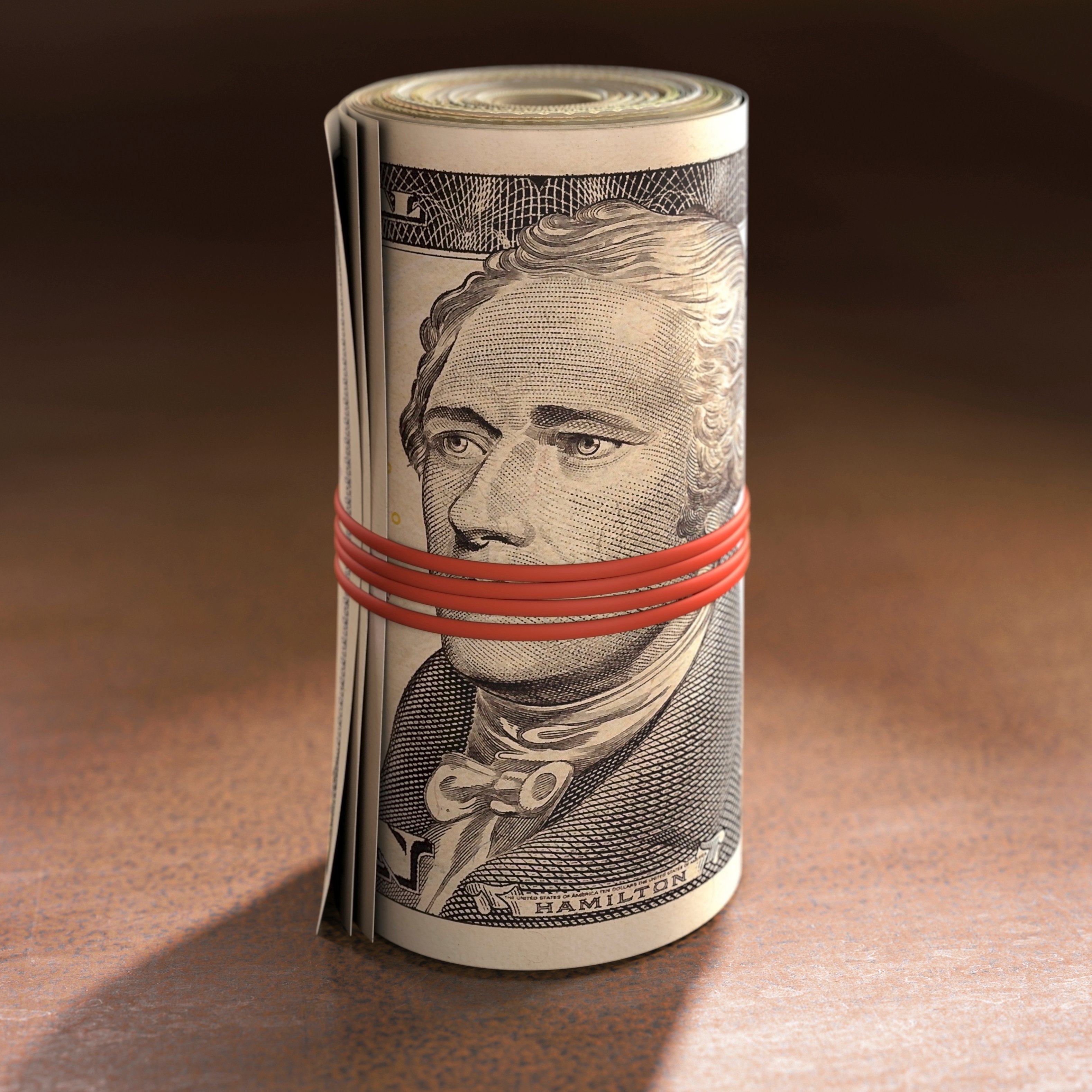Media
Inside the Math of Axel Springer's Business Insider Acquisition
Published:
Last Updated:
For a site that was begging to be sold for $100 million as recently as two years ago, Business Insider did very well in achieving a price tag more than five times that amount. Source: Thinkstock
Source: Thinkstock
Sold to German digital media mogul Axel Springer for $343 million in cash and a valuation of $442 million, the price tag went up real quick. If we count the shares already owned by Springer and Jeff Bezos, Business Insider’s total market cap is now $560 million. Back in January 2014, a potential deal with AOL for $100 million fell through.
As people stare slack-jawed at the final number, wondering how such a price is justified, it is important to keep in mind both Business Insider’s user base of 76 million and the context in which this is happening. It was only one short year ago that Facebook Inc. (NASDAQ: FB) closed a $19 billion to $22 billion dollar deal to acquire Whatsapp, which at that time had a user base of 600 million, and annual revenues of about $32 million.
Many are amazed that Springer would pay the reported figure of nine times revenues to acquire an as-of-yet unprofitable digital media platform, but nine times is nothing when considering the above. Put in those terms, Facebook bought Whatsapp for 600 times its revenues.
Here’s another: Yahoo! Inc. (NASDAQ: YHOO) bought Tumblr for $1.1 billion in May 2013 when Tumblr only had $13 million in revenue. That’s a capital value of 84 times revenue, more than nine times what Springer paid for Business Insider in per-revenue terms. These numbers sound fanciful, but then consider that Tumblr’s projected revenues for 2015 are now above $100 million, and the price tag Yahoo paid for it shrinks to 10 times revenue instead of 84.
Perhaps a different kind of calculation is in order here, that of per user instead of multiple of revenues. Business Insider is now valued at $560 million for 76 million users, or $7.40 per user. Facebook bought its Whatsapp users for a much higher $32 per user, and Yahoo bought Tumblr for about $10 per user. Now if we put these numbers in the context of how users are monetized in each company, then things make a lot more sense.
ALSO READ: The Largest Industry in Each State
Facebook’s annual revenue for 2015 looks to be around $15 billion. With 1.44 billion users, that’s a value of $10.42 a user. Using that number, Facebook only paid a three-times multiple over its average user value for the users it acquired from Whatsapp. Yahoo has about 1 billion users and will make about $5 billion in revenue this year, for a capital value of $5 per user. Yahoo bought Tumblr for twice that much per user, which doesn’t seem so outlandish anymore.
As for Springer and how much his users are worth, the Business Insider purchase increased his user base to 200 million. Taking into account Business Insider’s 76 million, that means he had about 124 million users beforehand and annual revenue of $3.4 billion (€3.03 billion), which is an average $27 per user. But Springer only paid $442 million total for Business Insider’s 76 million users, which is $5.80 per user.
If you’re the owner of a giant piece of capital like a digital media company, it’s not a question of the final price tag you pay for an acquisition. It’s a question of how valuable each user is to you once you “process” them through your capital; in other words, monetize them.
Seeds and fertilizer are both worth much more to a farmer than they are to anyone else because the farmer has the capital to monetize those assets. To other people, they’re mostly garbage. User bases are like seeds for digital media companies, each with different capital to monetize them. If a company thinks it knows roughly how much it can make off of each user, it will price its offer accordingly, and that is exactly what Springer has done.
If he can monetize Business Insider’s 76 million users at even half the value he gets from his current user base, he will have acquired Business Insider at a considerable discount, rather than a premium.
ALSO READ: 5 High-Dividend Blue Chip Stocks on Sale After Market Sell-Off
A financial advisor can help you understand the advantages and disadvantages of investment properties. Finding a qualified financial advisor doesn’t have to be hard. SmartAsset’s free tool matches you with up to three financial advisors who serve your area, and you can interview your advisor matches at no cost to decide which one is right for you. If you’re ready to find an advisor who can help you achieve your financial goals, get started now.
Investing in real estate can diversify your portfolio. But expanding your horizons may add additional costs. If you’re an investor looking to minimize expenses, consider checking out online brokerages. They often offer low investment fees, helping you maximize your profit.
Thank you for reading! Have some feedback for us?
Contact the 24/7 Wall St. editorial team.